What is Ceramic Jars?
Time of issue: 2024-02-06 11:02:17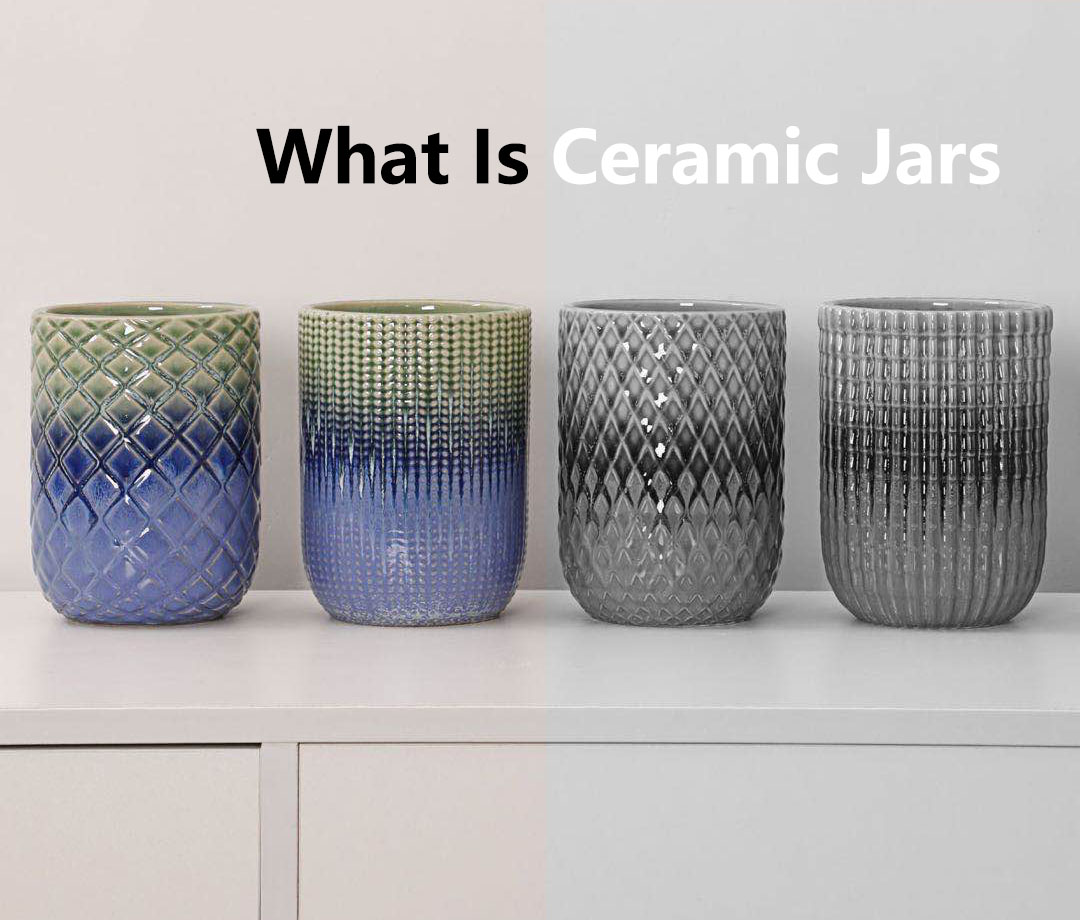
Ceramic jars have been a staple in human culture for centuries, serving both functional and aesthetic purposes. These versatile containers have a rich history and a wide range of uses, making them a fascinating subject of exploration. In this article, we will delve into the captivating world of ceramic jars, examining their origins, diverse forms, and practical applications.
History of Ceramic Jars
According to The American Ceramic Society. Ceramics is one of the most ancient industries going back thousands of years. Once humans discovered that clay could be found in abundance and formed into objects by first mixing with water and then firing, a key industry was born. The oldest known ceramic artifact is dated as early as 28,000 BCE (BCE = Before Common Era), during the late Paleolithic period.
Ceramic jars can trace their roots back to ancient civilizations, dating as far back as 24,000 BC. Early pottery was primarily utilitarian, with ceramic jars used for storing food, water, and other essentials. As civilizations evolved, so did the art of pottery-making, leading to more intricate and decorative designs.
What is the common styles of ceramic jars
Ceramic jars, with their rich history and diverse cultural significance, come in a multitude of styles that reflect both their functionality and aesthetic appeal. In this article, we will take a closer look at some of the common styles of ceramic jars that have captivated artisans and enthusiasts worldwide.
Traditional Earthenware Jars
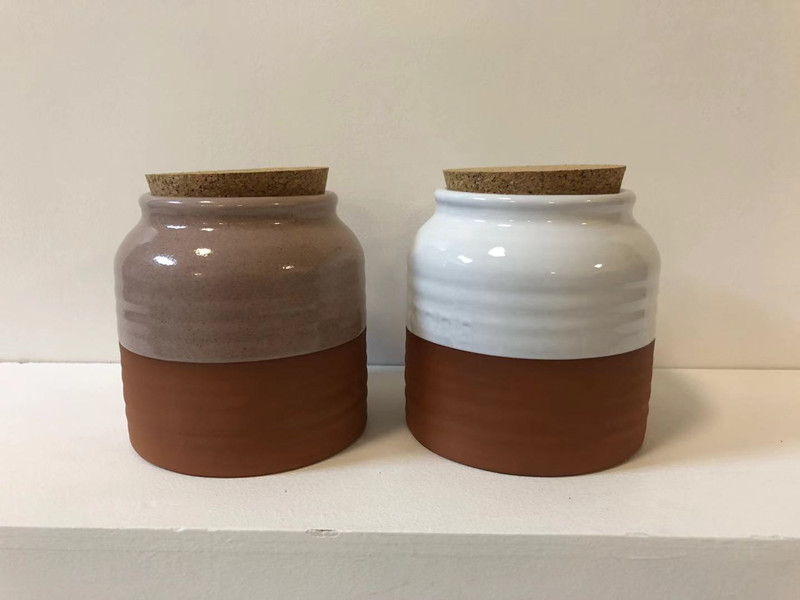
One of the most widespread styles of ceramic jars is traditional earthenware. These jars often have a rustic, earthy appearance, owing to the natural clay used in their creation. They are typically unglazed or adorned with simple, utilitarian designs. Earthenware jars are known for their versatility and are commonly used for storing grains, spices, and liquids in many cultures.
Porcelain and Fine China Jars
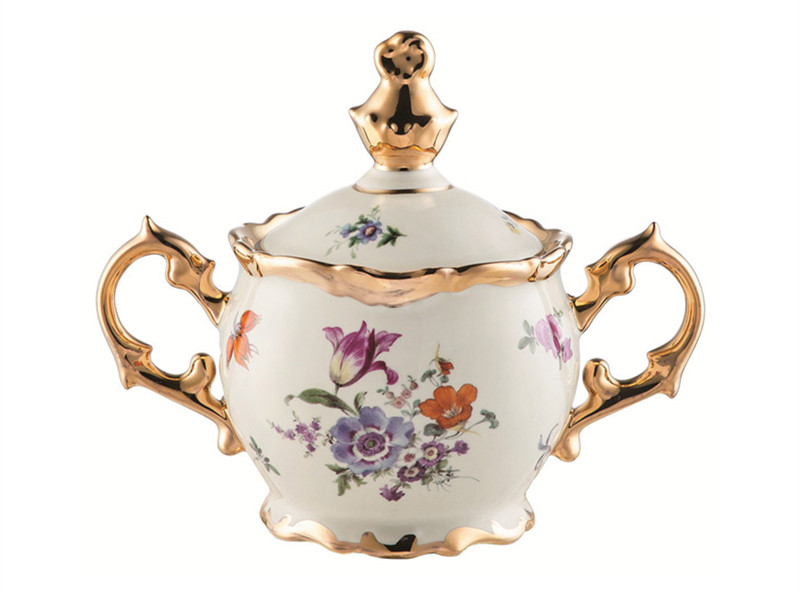
Porcelain jars represent the epitome of elegance and refinement in the world of ceramics. Characterized by their thin walls, smooth texture, and translucent appearance, porcelain jars are often decorated with intricate hand-painted designs or delicate patterns. Fine China, a subset of porcelain, is famous for its use in teapots, vases, and ornamental jars, making it a staple in luxury tableware.
Majolica and Faience Jars
Majolica and Faience are styles of ceramic jars known for their vibrant, colorful glazes and intricate decoration. Originating in Italy and France, respectively, these jars feature bold, hand-painted designs depicting flora, fauna, and mythological themes. They are often used as decorative pieces and are prized for their artistic value.
Stoneware Jars
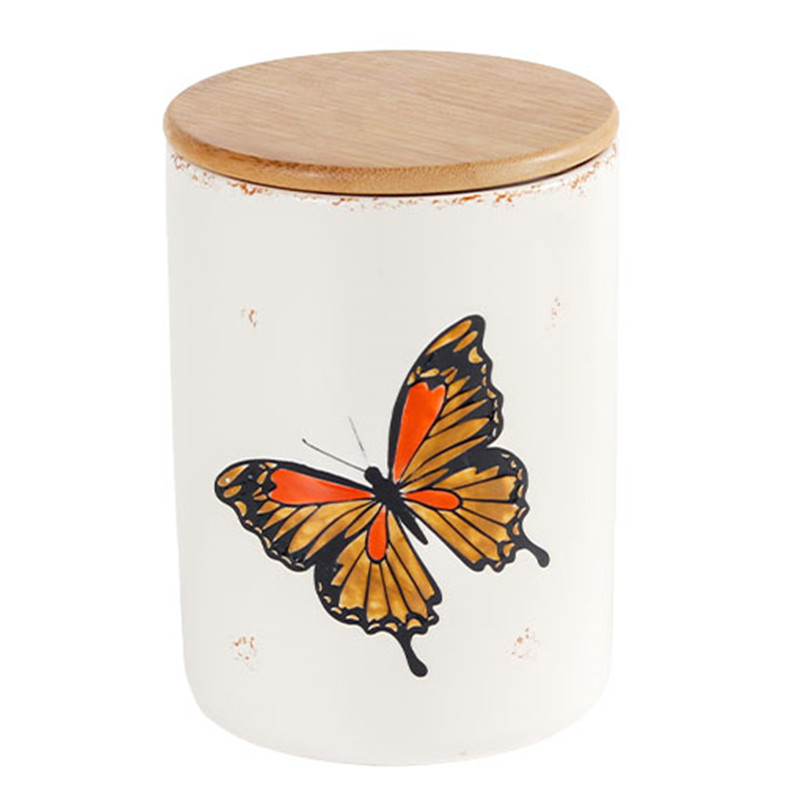
Stoneware jars are celebrated for their durability and versatility. Crafted from a high-fired clay that vitrifies at high temperatures, stoneware jars are robust and can withstand extreme conditions. They are often glazed in earthy tones and come in various shapes and sizes, making them suitable for both utilitarian and decorative purposes.
Japanese Raku Jars
Raku ware, a traditional Japanese ceramic style, is known for its distinctive firing technique and unique aesthetic. Raku jars are typically characterized by their irregular shapes, crackled glaze, and bold, dramatic colors. The process of creating Raku involves rapid cooling, which results in the crackled appearance and imparts a sense of spontaneity and imperfection.
Artistic and Contemporary Jars
In the contemporary ceramic art world, artists often push the boundaries of tradition to create innovative and artistic jars. These jars may vary widely in style, from minimalist and sleek to abstract and avant-garde. Artists use diverse techniques, including sculpting, carving, and glazing, to create one-of-a-kind pieces that challenge our perceptions of what ceramic jars can be.
What can ceramic jar user for?
Storing and Preserving
The primary function of ceramic jars, and perhaps the most traditional, is for storage and preservation. These jars have been used for generations to safeguard essential items such as grains, pulses, spices, and liquids. Their airtight properties and ability to maintain a consistent temperature make them ideal for keeping food items fresh for extended periods.
Fermentation and Pickling
Ceramic jars have earned their place in the world of food fermentation and pickling. The non-reactive nature of ceramic makes it an excellent choice for fermenting foods like kimchi, sauerkraut, and pickles. The jars provide a controlled environment that promotes the growth of beneficial bacteria while keeping harmful contaminants at bay.
Decorative and Artistic Displays
Beyond their utilitarian functions, ceramic jars have emerged as stunning decorative pieces. Their elegant designs and exquisite craftsmanship make them perfect for adorning living spaces. Whether as standalone art installations or holding fresh flowers, these jars effortlessly elevate the aesthetic appeal of any room.
Tea and Beverage Storage
Ceramic jars also play a vital role in the world of tea and beverage culture. In Asian countries, tea storage jars are essential for preserving the freshness and flavor of delicate tea leaves. These intricately designed containers are more than just storage; they are revered as integral elements of the tea ceremony, adding an element of beauty and tradition to the ritual.
Cultural and Ritual Significance
Ceramic jars hold deep cultural and ritual significance in various societies around the world. From Native American pottery preserving cultural heritage to African pottery used in sacred ceremonies, these vessels often serve as carriers of tradition, history, and spirituality.
Creative and Craft Projects
For the artistically inclined, ceramic jars serve as blank canvases ready to be transformed into unique pieces of art. Pottery enthusiasts and crafters can use these jars as the foundation for their creative projects, applying unique glazes, colors, and designs to create one-of-a-kind masterpieces.
What is the manufacturing process of ceramic jars?
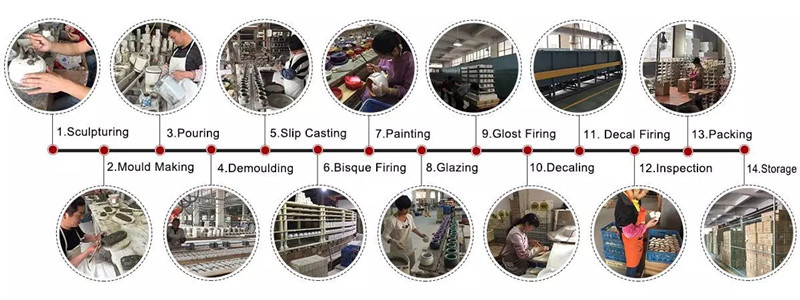
The creation of ceramic jars is a meticulous and artistic endeavor that involves a series of intricate steps, honed over centuries of tradition and innovation.
Selection of Raw Materials
The journey of crafting ceramic jars begins with the careful selection of raw materials, primarily clay. The type of clay chosen can significantly influence the final product's texture, color, and firing temperature. Different clay bodies, such as earthenware, stoneware, and porcelain, are used depending on the desired outcome.
Preparation and Wedging
Once the clay is sourced, it undergoes thorough preparation to remove impurities and create a consistent texture. Potters then engage in a technique called wedging, where they knead the clay to eliminate air bubbles and ensure uniformity. This prepares the clay for shaping.
Shaping the Jar
Shaping the ceramic jar can be achieved using various methods, including hand-building and wheel-throwing. Hand-building involves sculpting the clay by hand, while wheel-throwing employs a potter's wheel to spin the clay into shape. The potter's skill and creativity come into play during this phase, as they mold the clay into the desired form.
Drying and Leather-Hard Stage
After shaping, the ceramic jar is left to air dry until it reaches the leather-hard stage. At this point, the clay is firm enough to handle but still malleable. Any additional detailing or carving is typically done during this stage.
Bisque Firing
The leather-hard jar undergoes its first firing, known as bisque firing. This process hardens the clay and prepares it for glazing. The jar is placed in a kiln and heated to a specific temperature, typically around 1,800 to 2,100 degrees Fahrenheit (982 to 1,149 degrees Celsius). This initial firing removes any remaining moisture and makes the clay more porous, ready to absorb the glaze.
Glazing
Glazing is a critical step in the ceramic jar manufacturing process, as it not only adds color but also provides a protective and decorative layer. Glazes are formulated using a mixture of minerals and pigments, and the application method varies, from dipping and brushing to spraying. The choice of glaze can dramatically influence the final appearance of the jar, from glossy and vibrant to matte and rustic.
Final Firing
The glazed ceramic jar is subjected to a second firing, referred to as the final firing or glaze firing. During this process, the kiln is heated to a temperature specific to the type of clay and glaze used. The heat fuses the glaze to the clay body, creating a smooth and glossy finish. It also imparts the jar's final colors and characteristics.
Cooling and Inspection
Following the final firing, the ceramic jar is slowly cooled in the kiln before being carefully removed. Each piece is meticulously inspected for quality, including checking for cracks, glaze defects, and consistency of shape. Skilled artisans may make minor adjustments or repairs as needed.
Conclusion
In conclusion, ceramic jars are much more than mere containers; they are a testament to human craftsmanship and creativity. Their long history, diverse forms, and practical applications make them a fascinating subject of study and appreciation. Whether you use them to store pantry staples, display flowers, or simply admire their beauty, ceramic jars continue to be an integral part of our lives, connecting us to our past while enhancing our present.
RECENT POSTS
- The Benefits of Wholesale High-Quality Ceramic Products for Retailers
2025-12-17
- Can You Make an Ashtray with Air Dry Clay? Pros, Cons, and Safer Alternatives
2025-12-17
- The Impact of Ceramic Materials in Energy-Efficient Buildings: Benefits and Applications
2025-12-04
- Top 7 Ceramic Cookware Health Benefits: Why It’s a Safer Choice for Your Kitchen
2025-12-04
- How to Clean Ceramic Planters and Improve Their Lifespan?
2025-11-17
- 15 Best Ceramic Holiday Gift Ideas for 2025: Thoughtful, Elegant & Heartfelt
2025-11-17
- Stoneware vs Porcelain vs Earthenware: Quick Decision Guide
2025-10-09
- Are Ceramic Glazes Food Safe? The Truth Behind the Shine
2025-10-09










